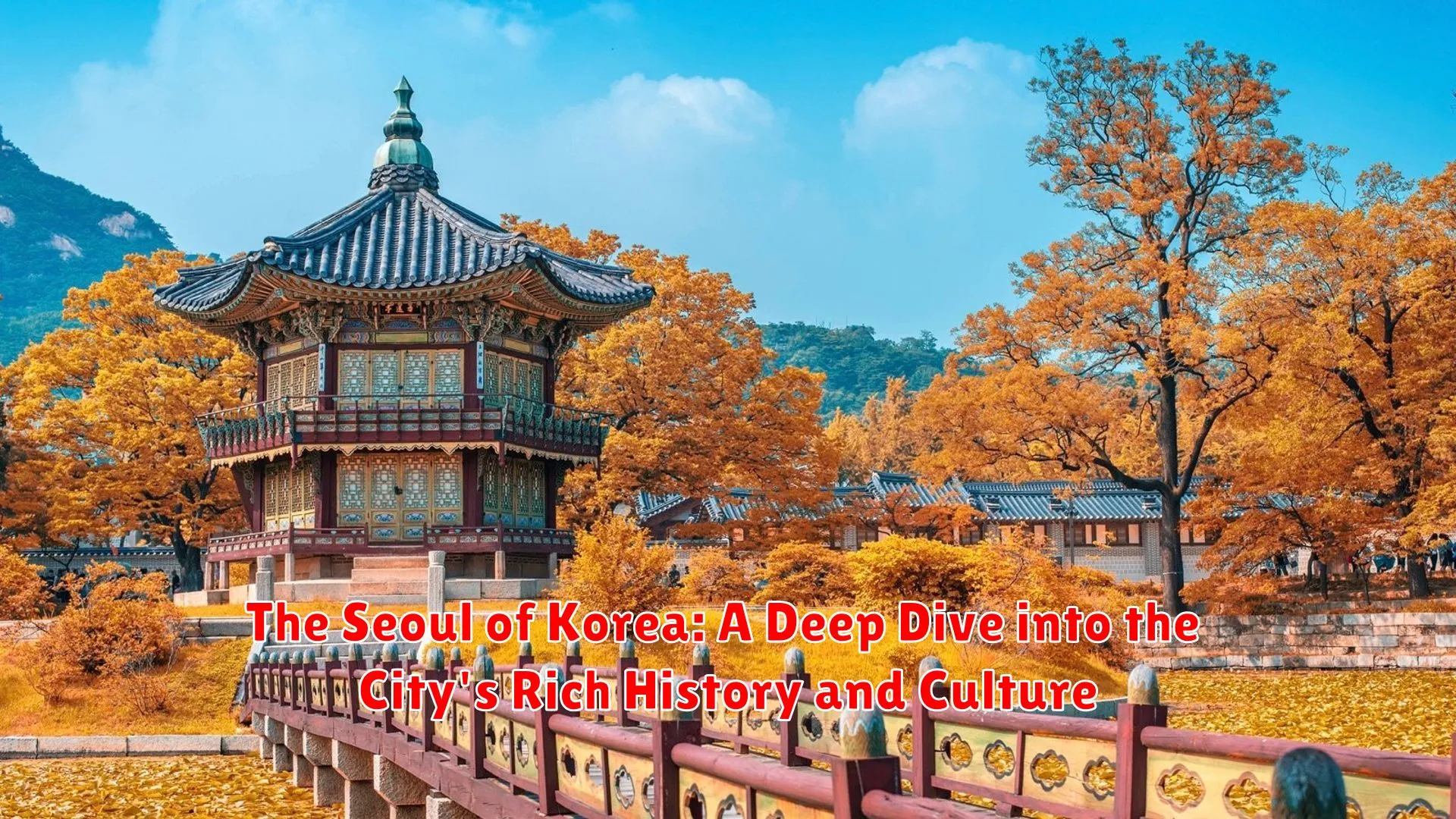Explore the vibrant city of Seoul, South Korea, uncovering its fascinating history and dynamic culture in our in-depth guide. From ancient palaces to modern skyscrapers, discover the soul of this bustling metropolis.
The Historical Significance of Gyeongbokgung Palace
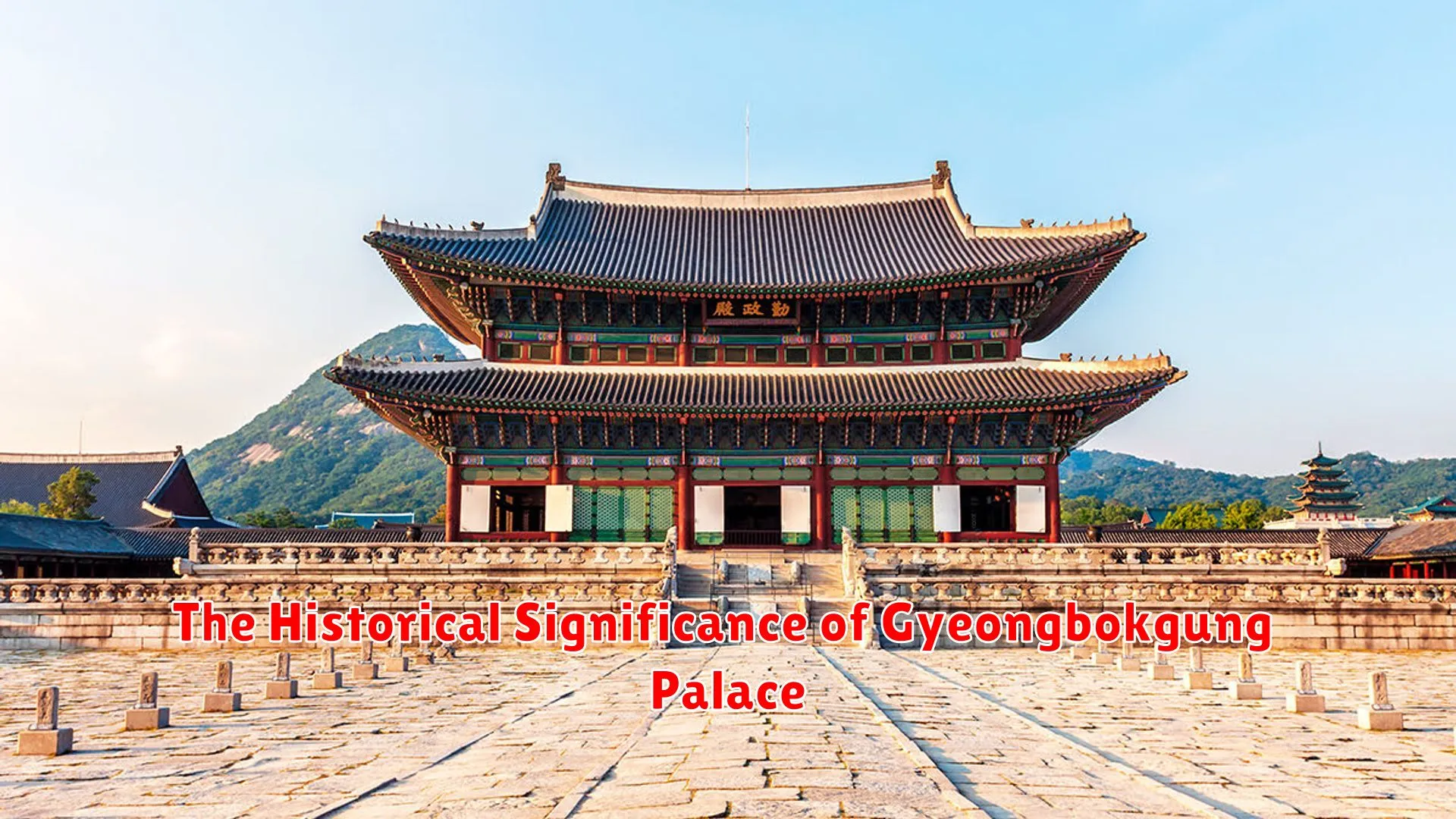
Gyeongbokgung Palace, located in the heart of Seoul, South Korea, holds immense historical significance that reflects the country’s rich cultural heritage and past. Built in 1395, it was the main royal palace of the Joseon dynasty and served as the seat of the kings for over 200 years.
The palace complex, with its majestic architecture and intricate design, symbolizes the power and grandeur of the Joseon rulers. Each building within the palace grounds has a specific function, showcasing the meticulous planning and organization of the royal court.
Throughout its history, Gyeongbokgung Palace has witnessed key events that shaped Korea’s destiny, including invasions, political upheavals, and cultural revolutions. It has stood as a silent witness to the country’s triumphs and challenges, making it a living testament to Korea’s resilience and strength.
Today, Gyeongbokgung Palace stands as a symbol of national pride and identity, attracting visitors from around the world who come to appreciate its cultural treasures and architectural beauty. Exploring the palace grounds offers a glimpse into Korea’s royal past and a deeper understanding of the country’s history and traditions.
Traditional Hanok Villages
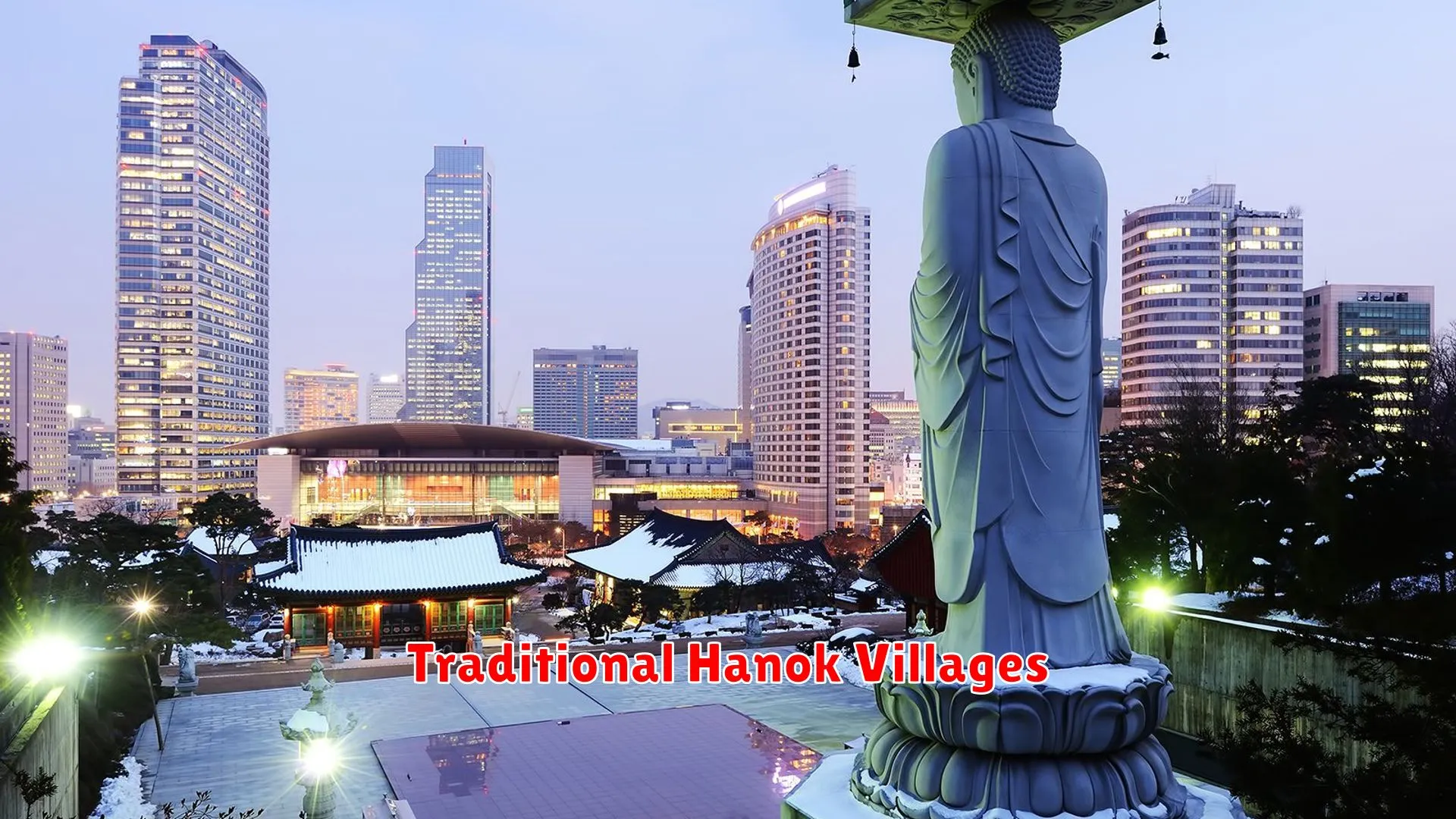
Stepping into the Traditional Hanok Villages in Seoul is like taking a journey back in time to experience the authentic charm of Korea’s rich cultural heritage. These villages, nestled amidst the bustling city streets, offer a glimpse into the traditional way of life and architecture that have been preserved for generations.
The Hanok houses, with their unique tiled roofs and wooden structures, are meticulously designed to harmonize with nature and provide a sense of tranquility amidst the urban landscape. Walking through the narrow alleyways of these villages, visitors can immerse themselves in the traditional Korean way of living and witness firsthand the cultural practices that have been passed down through centuries.
Exploring the Traditional Hanok Villages allows travelers to appreciate the beauty of Korean architecture, craftsmanship, and communal living. Each village has its own story to tell, reflecting the history and heritage of the Korean people. From Bukchon Hanok Village to Namsangol Hanok Village, each enclave offers a unique perspective on the traditional way of life and provides a serene escape from the modernity of Seoul.
The Evolution of Korean Pop Culture
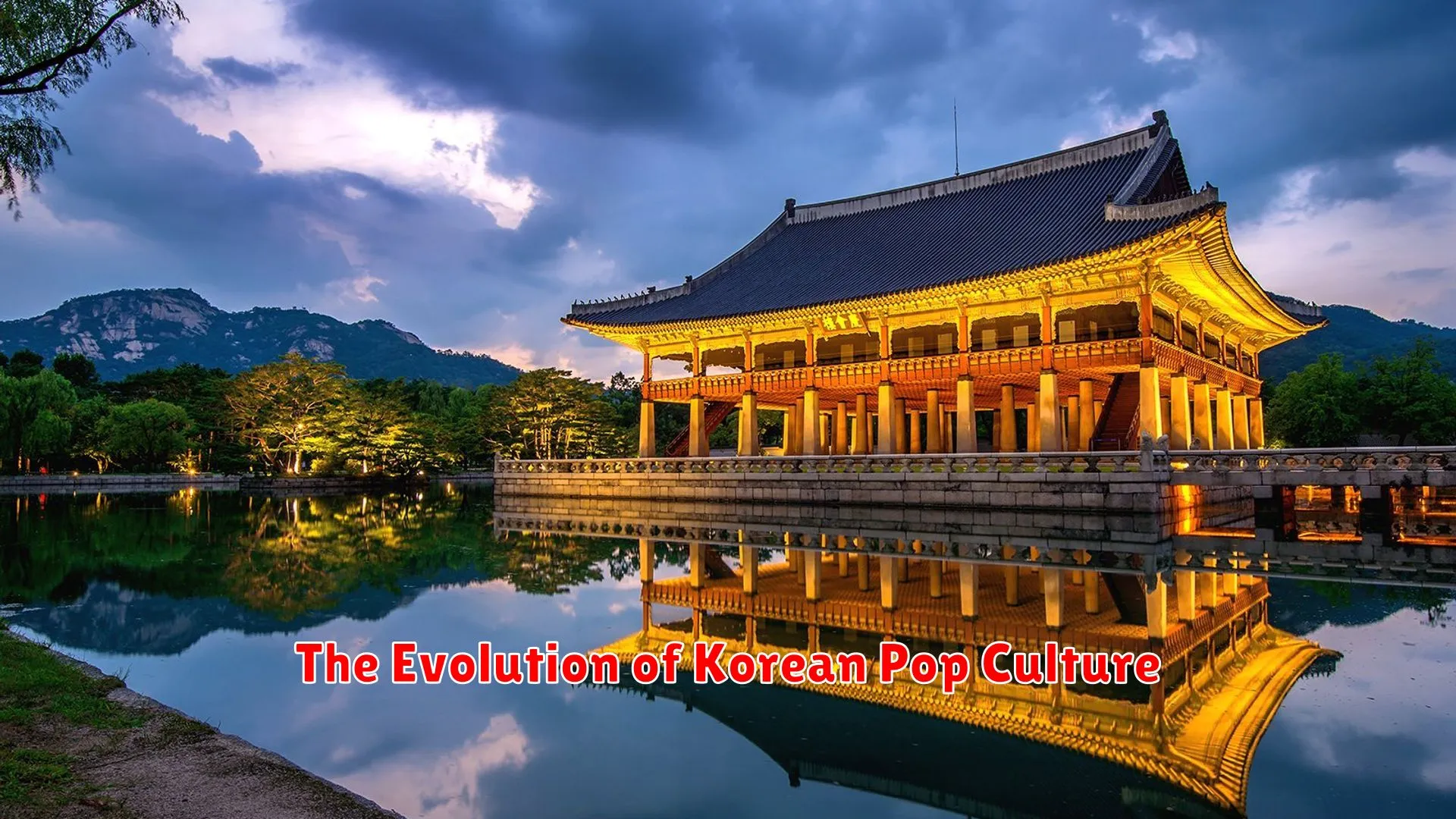
When delving into the rich history and culture of Seoul, it’s impossible to ignore the significant role that Korean pop culture has played in shaping the city’s identity and global influence. Korean pop culture, often referred to as K-pop, has evolved remarkably over the years, capturing the hearts of people worldwide.
In the early days, K-pop was predominantly known for its catchy tunes and synchronized dance routines. However, the genre has since matured and diversified, encompassing a wide range of music styles and performances that appeal to a global audience.
One of the key factors contributing to the success of Korean pop culture is the fierce dedication of fans, known as “K-poppers,” who passionately support their favorite idols and groups. This enthusiastic fan base has helped propel K-pop onto the international stage, leading to sold-out concerts, viral music videos, and chart-topping hits.
Moreover, beyond music, Korean pop culture has extended its reach into other forms of entertainment such as K-dramas, variety shows, fashion, and beauty trends. This holistic approach has created a wave of Hallyu, or the Korean Wave, that continues to captivate audiences around the globe.
As we explore the dynamic city of Seoul, it becomes evident that the evolution of Korean pop culture has not only shaped the entertainment industry but also contributed to the vibrant and dynamic spirit of the city itself.
Tips for Cultural Immersion
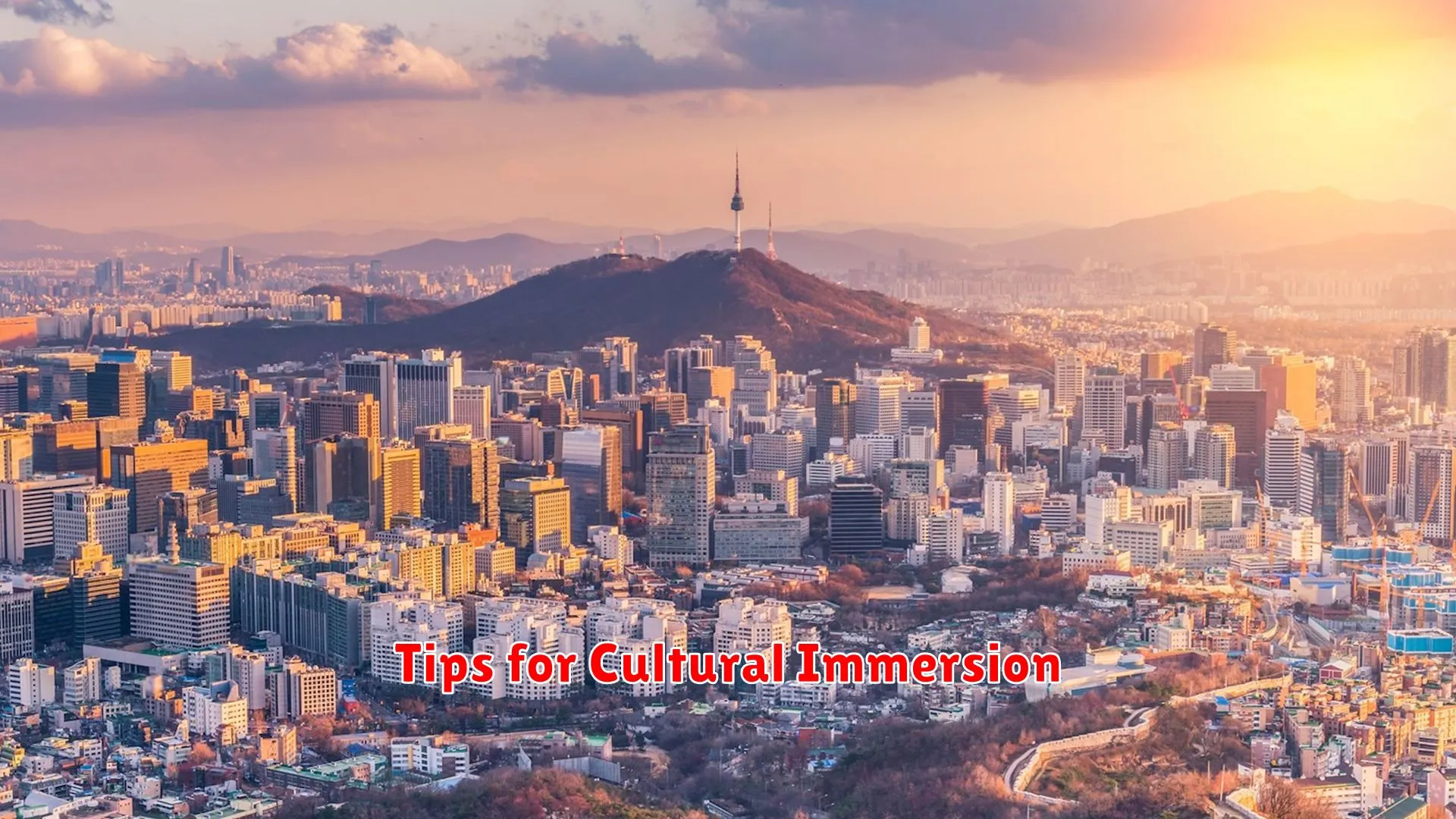
When diving deep into the rich history and culture of Seoul, Korea, it’s essential to engage in cultural immersion to truly experience the city’s authenticity. Here are some tips to help you make the most out of your exploration:
1. Learn the Language
While English is commonly understood in tourist areas, making an effort to learn basic Korean phrases can greatly enhance your interactions with locals. Simple greetings like “Annyeonghaseyo” (hello) and “Kamsahamnida” (thank you) can go a long way in fostering connections.
2. Try Local Cuisine
Food plays a significant role in Korean culture. Venture beyond familiar dishes like bibimbap and kimchi to discover regional specialties and street food. Dining at traditional eateries, known as “hanok restaurants,” offers an authentic taste of Korean culinary traditions.
3. Participate in Traditional Activities
Immerse yourself in Korean traditions by engaging in activities like wearing hanbok (traditional clothing), participating in a tea ceremony, or trying your hand at calligraphy. These experiences provide insights into Korea’s cultural heritage and values.
4. Attend Cultural Events
Keep an eye out for cultural festivals, performances, and exhibitions taking place in Seoul. Events like the Lotus Lantern Festival or traditional music performances provide opportunities to witness Korea’s cultural celebrations firsthand.
5. Explore Historical Sites
Visit sites such as Gyeongbokgung Palace, Bukchon Hanok Village, and Jongmyo Shrine to delve into Seoul’s history and architectural marvels. Guided tours or audio guides can offer deeper insights into the significance of these landmarks.
By incorporating these tips into your exploration of Seoul, you’ll not only gain a deeper appreciation for the city’s rich history and culture but also create lasting memories of your immersive journey.
Seoul’s Transformation Through the Ages
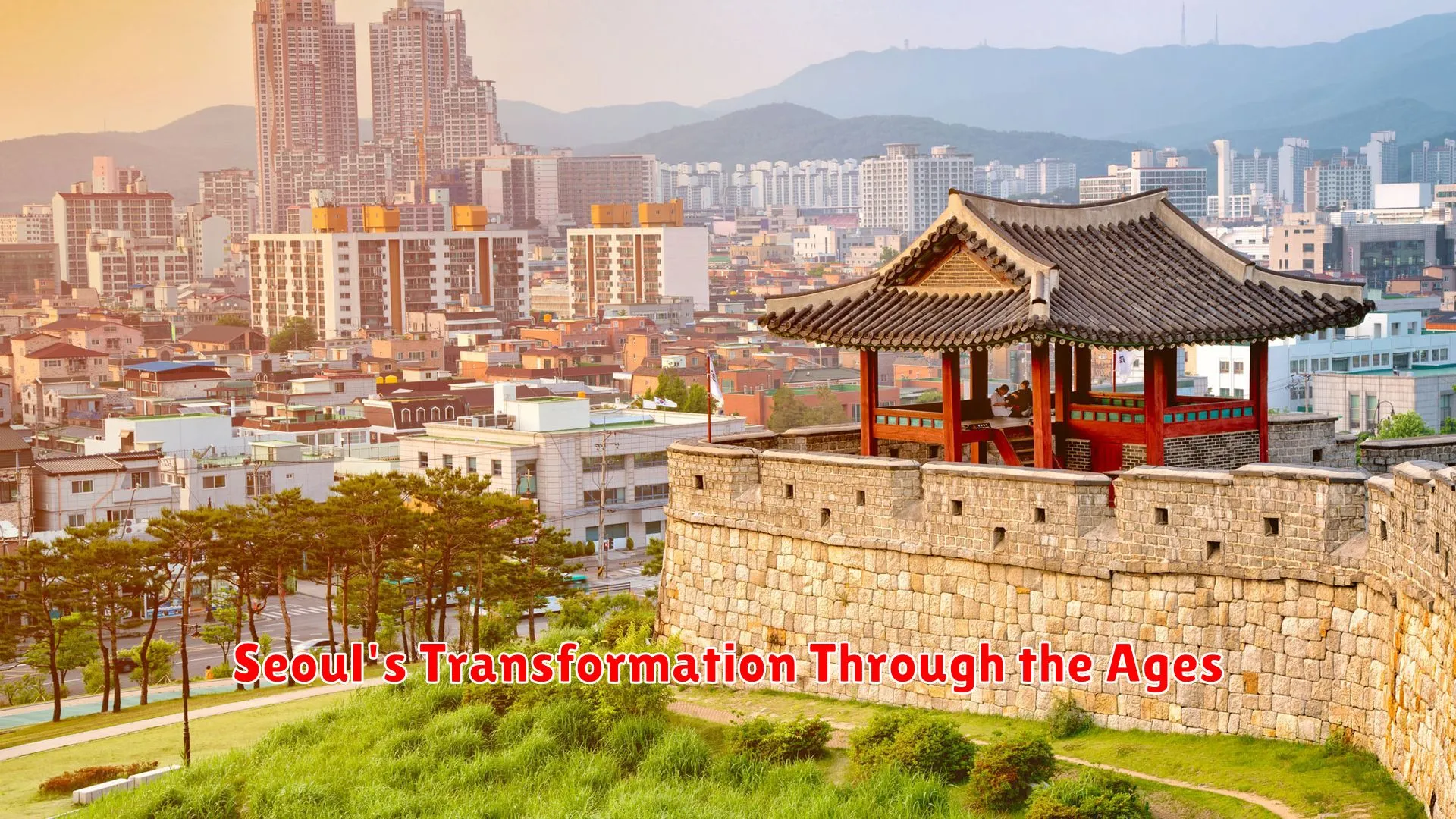
Seoul, the bustling capital of South Korea, has undergone significant transformations throughout its long history. From its humble beginnings as a small settlement called Wiryeseong in the Baekje era to its current status as a dynamic metropolis, the city has evolved in numerous ways.
Ancient Seoul: In ancient times, Seoul was known as Hanyang and served as the capital of the Joseon Dynasty. The city was meticulously planned with palaces, temples, and Confucian academies, reflecting the dynasty’s emphasis on tradition and culture.
Modernization and Growth: In the late 19th and early 20th centuries, Seoul experienced rapid modernization under Japanese colonial rule. Infrastructure development, such as railways and roads, transformed the city into a hub of industry and commerce.
Korean War and Rebuilding: The Korean War in the 1950s left Seoul devastated, with much of the city reduced to rubble. However, through resilience and determination, Seoul was rebuilt, embracing modern architecture and urban planning to create a new identity.
Global City: Today, Seoul stands as a global city at the forefront of technology, culture, and innovation. Skyscrapers, shopping districts, and cutting-edge technology coexist with historic sites, showcasing the city’s blend of tradition and progress.
Conclusion
In conclusion, Seoul embodies the vibrant essence of Korean history and culture, blending tradition with modernity seamlessly. The city’s dynamic energy, historical landmarks, and culinary delights make it a must-visit destination for anyone seeking a deep dive into the heart of South Korea.

